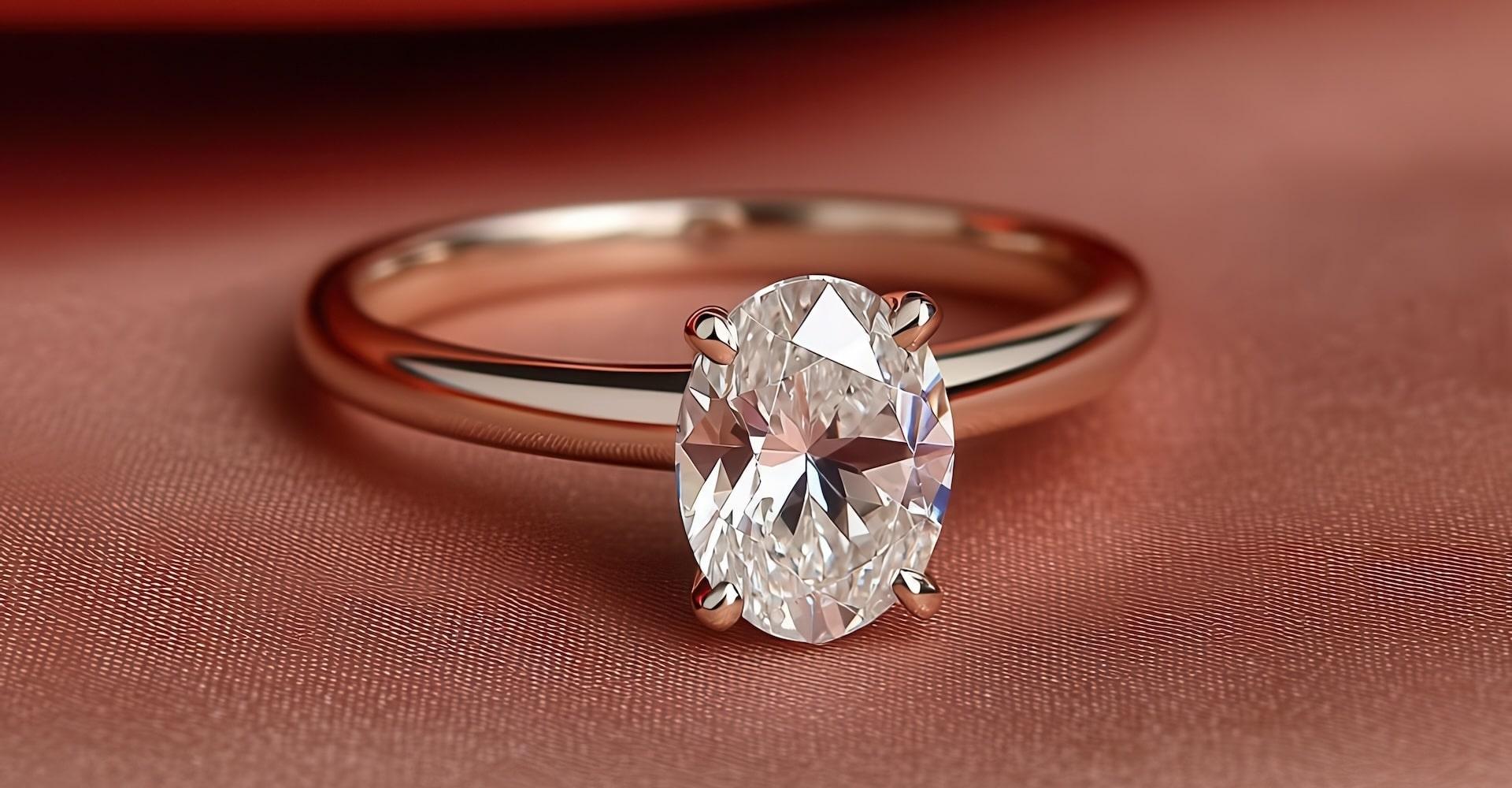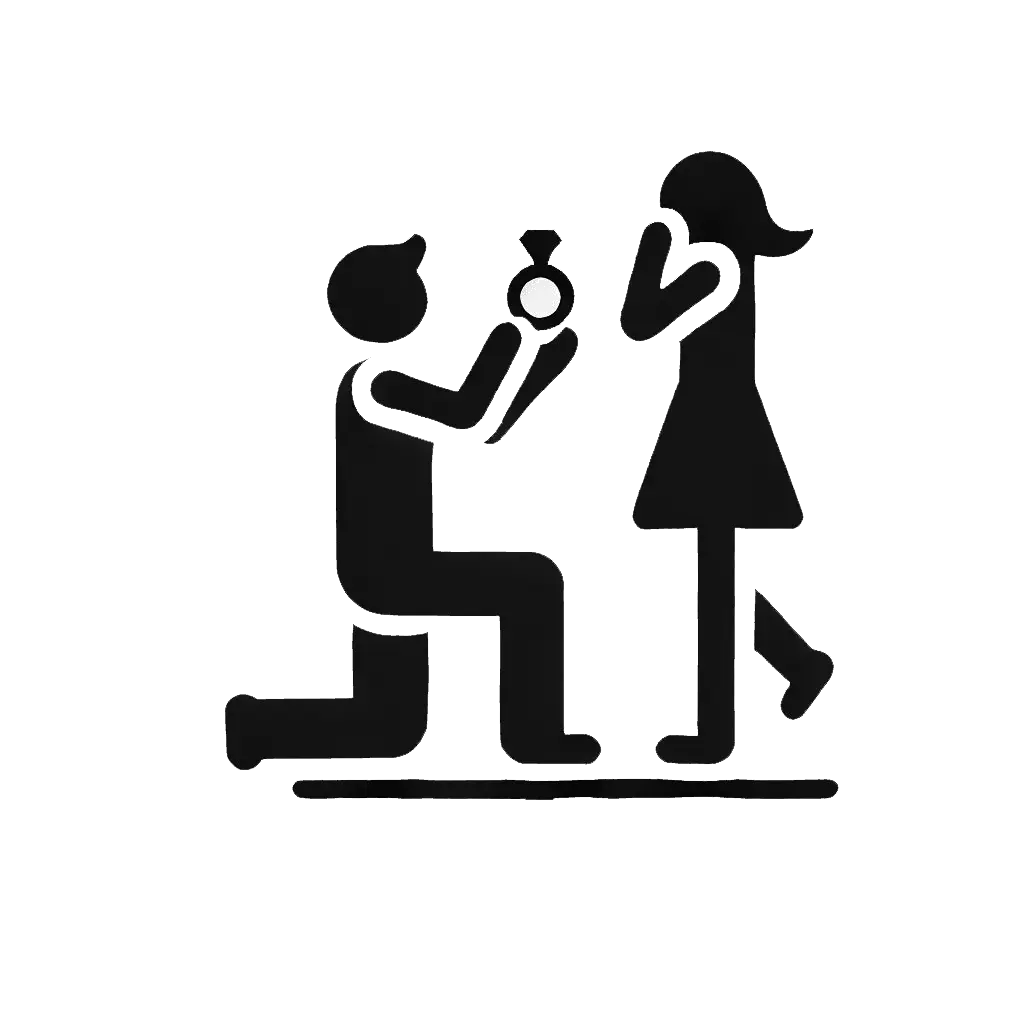Is Double Prong or Single Prong Better?

When selecting the perfect engagement ring or fine jewelry piece, the prong setting plays a crucial role in both aesthetics and functionality. Among the various options, single and double prong settings are popular choices, each offering distinct advantages. Understanding the differences between them can help you make an informed decision that aligns with your style and lifestyle.
Understanding Prong Settings
Prong settings are small metal claws used to hold a gemstone securely in place on a ring or other jewelry piece. They come in different styles, with single and double prong settings being two of the most popular choices. Single prongs offer a minimalist look and allow more light to pass through the stone, enhancing its brilliance. Double prongs, featuring paired claws at each point, provide added security and durability — ideal for larger or more delicate stones. Choosing the right prong style depends on your lifestyle, the type of gemstone, and your overall design preferences.
Single Prong Settings
Single prong settings use individual metal claws to hold the gemstone. They are known for their minimalist appearance, allowing maximum light to enter the stone, enhancing its brilliance.
Advantages:
- Enhanced Brilliance: Minimal metal coverage allows more light to pass through the gemstone.
- Sleek Aesthetic: Offers a classic and timeless look.
- Easier Maintenance: Fewer prongs mean less maintenance over time.
Considerations:
- Security: May offer less security for larger or uniquely shaped stones.
- Durability: Prongs may be more susceptible to bending or wear over time.
Double Prong Settings
Double prong settings feature pairs of prongs at each point of contact with the gemstone. This design provides additional security and can be particularly beneficial for certain stone shapes.
Advantages:
- Increased Security: Provides extra protection, especially for stones with pointed edges like princess or marquise cuts.
- Design Versatility: Can add a unique and intricate look to the setting.
- Durability: Offers enhanced durability, reducing the risk of prong damage.
Considerations:
- Aesthetic Preference: May appear bulkier, which could detract from the stone’s appearance for some.
- Maintenance: More prongs can mean more maintenance over time.
Comparing Single and Double Prong Settings
When it comes to choosing the perfect setting for your gemstone, the type of prongs you select can make a significant difference in both appearance and functionality. Whether you’re prioritizing a sleek, minimalist design or added security for your stone, understanding how these prong styles compare can help you make a more informed and confident decision.
Let’s break down the key differences between single and double prongs to help you find the right fit for your custom jewelry piece. To help visualize the differences, here’s a comparison table:
| Feature | Single Prong | Double Prong |
| Appearance | Sleek and minimalist | Intricate and detailed |
| Light Exposure | Maximum light entry | Slightly reduced due to more meta |
| Security | Suitable for smaller stones | Ideal for larger or pointed stones |
| Maintanence | Less frequent | May require more upkeep |
| Durability | Adequate for everyday wear | Enhanced durability for active wear |
Ultimately, the choice between single and double prong settings depends on personal preference, the type of gemstone, and lifestyle considerations. For those seeking a minimalist design with maximum sparkle, single prongs are an excellent choice. Conversely, double prongs offer added assurance if security and durability are paramount, especially for larger or uniquely shaped stones.
At Finer Custom Jewelry, we understand the importance of every detail in your jewelry selection. Our expert team is here to guide you through the options, ensuring you choose a setting that perfectly complements your gemstone and personal style. Call us or schedule an appointment today to explore our custom jewelry offerings.



